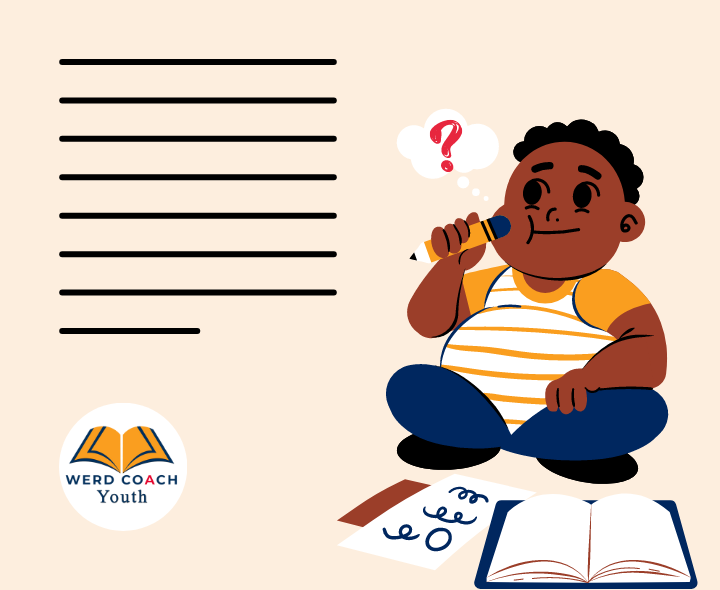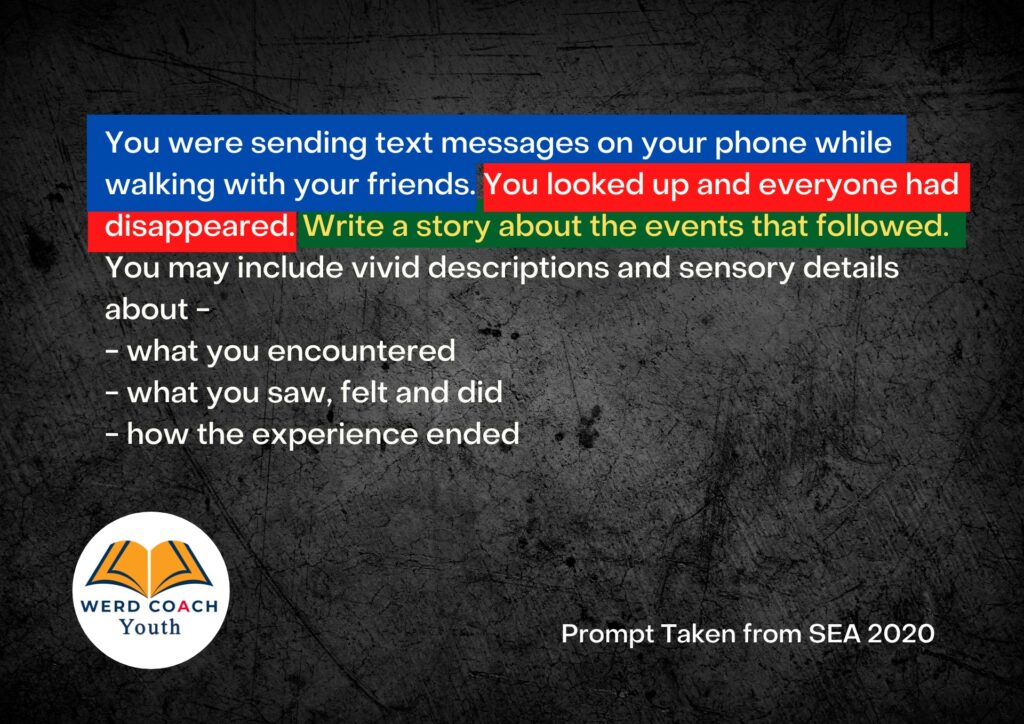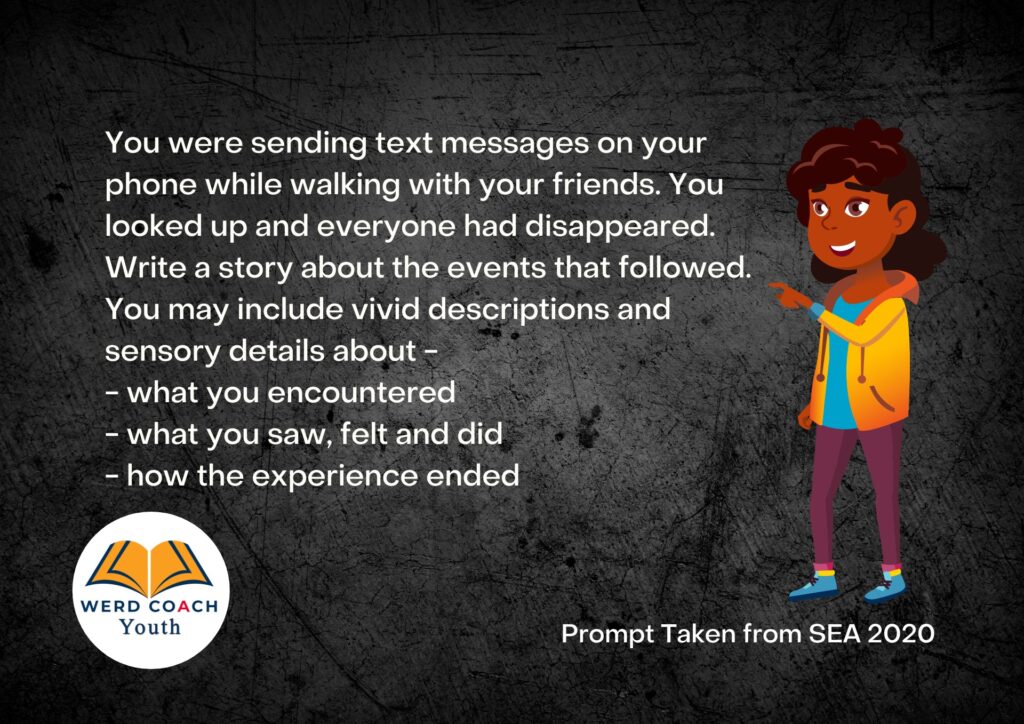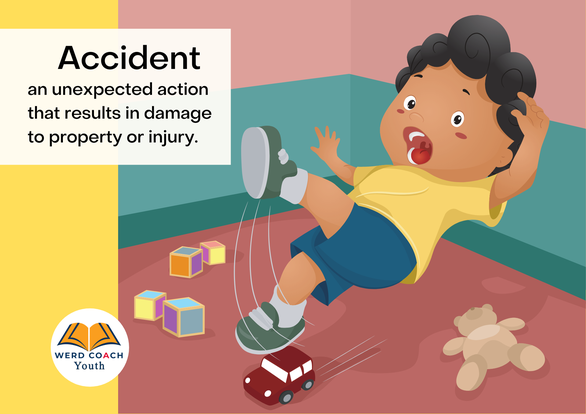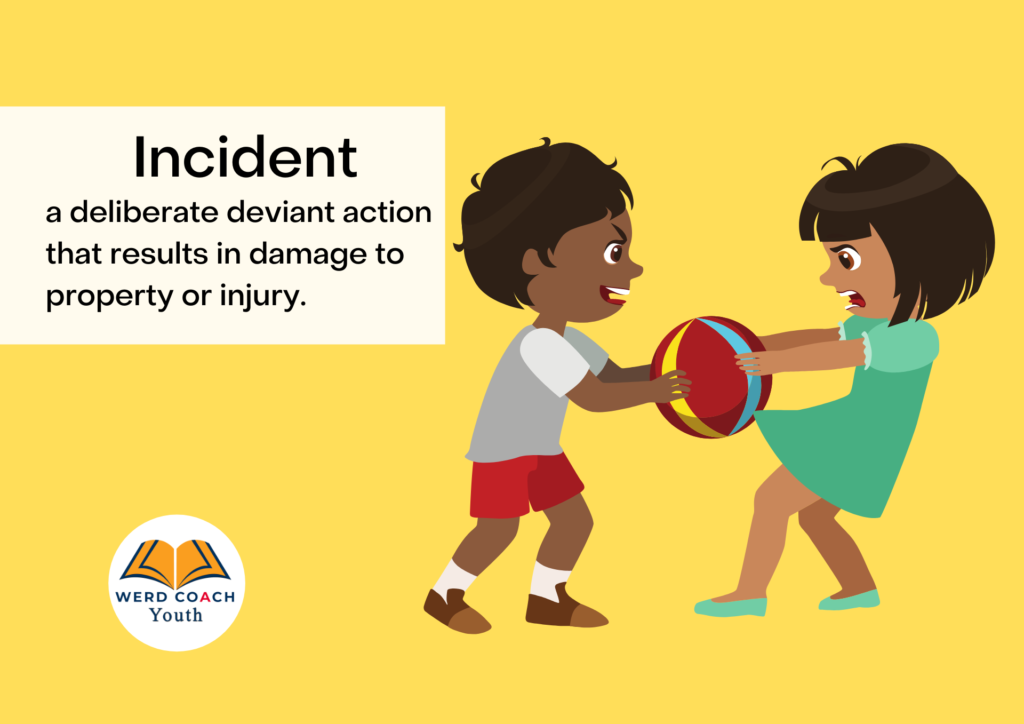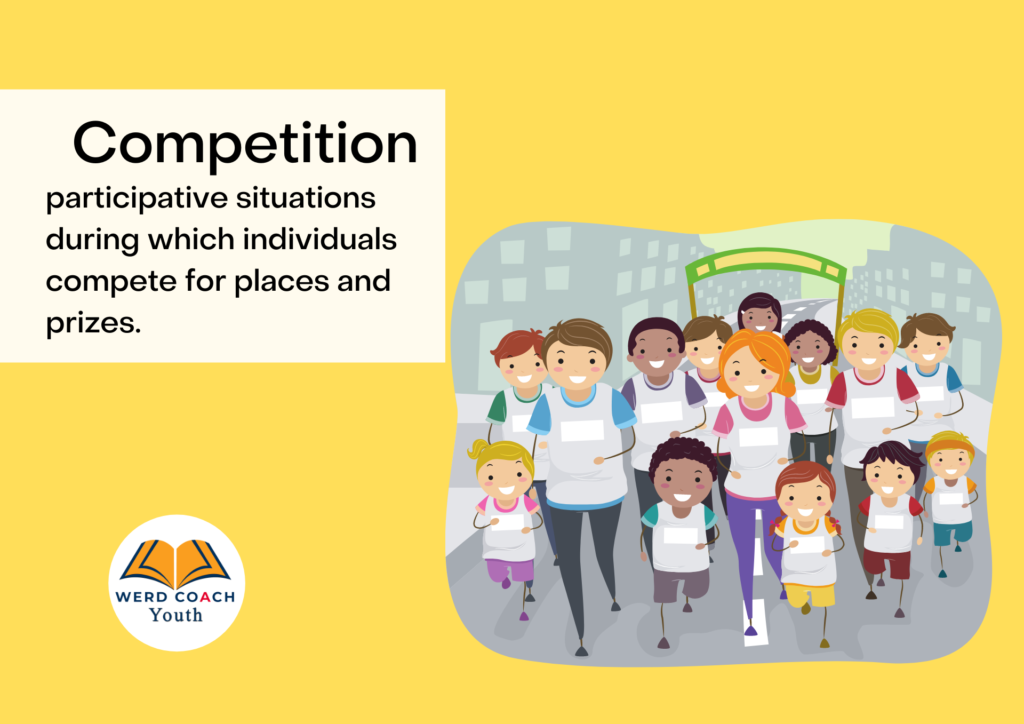This is one of the lies which presents itself in such subtle ways sometimes that it’s overlooked. I can hear writers objecting with “that’s not my process, I just write and edit later” or “everyone is different and you should do what works for you, planning doesn’t work for me”.
Then there are the complementary views from nonwriters, “I can’t publish a book because I’m not a writer, I’m not talented that way” or “that’s easy for you to say, you’re a natural writer”.
That last one really gets me. Every time I hear it I feel like shouting back, “Yes, sure, I have talent…talent in reading like my life depended on it, talent in working on my writing every chance I get…talent in disciplining myself to schedule my writing. Sure, sure, I AM TALENTED!”
Nobody questions athletes who turn up for practice day after day perfecting their skills. Did Michael Jordan become one of the greatest basketball players of all time by turning up for championship games only? Or did Serena Williams win all those grand slam titles by being on the court only when she had a match that “counted”?
In case you’re wondering, the answer to those questions is, “No.”
So then why is it that many people approach writing with the attitude that somehow success is dependent on having talent?
Part of the reason is that for many people writing is a more casual or flexible pursuit lacking the strict guidelines or routines that are often associated with other professions. Since it’s more of a creative expression, rules and structure are sometimes viewed as hindrances to personal style and artistic freedom.
Additionally, some believe that organic storytelling is more desirable and don’t want to restrain their flow of ideas by adhering to structure. This is especially true when there’s the added perception that planning is unnecessarily time consuming when focusing on just creating the work itself could be much faster and efficient.
Quite often, when writers approach planning with these kinds of attitudes, whenever they are coerced into planning they go into it kicking and screaming which will inevitably lead to frustration and a negative experience.
Let’s take a closer look at some of these objections so we can establish that the statement “you need talent to be a successful writer” is, indeed, a lie.
Objection 1: Planning stifles creativity
This is one of the more popular objections because quite a lot of people see a disparity between creativity and structure. They believe that creative expression flows without form and that anything which seeks to guide that creative expression runs the risk of blotting it out. This happens when writers approach a plan as something cast in stone, concrete, or marble that is inflexible…which is certainly not what a plan should be.
Planning is an opportunity to organize ideas and explore many more possibilities that may not have originally been noticed. It also ensures that a writer’s creative vision is communicated effectively. The thing that writers must always remember is that while we’re focused on ensuring we say what we want to say, it’s also just as important that our readers understand it. We’re not writing only for ourselves. We’re writing to share our ideas with others, so they must also be part of the equation. Planning helps us channel our creative energy more efficiently for the maximum impact.
Objection 2: Organic storytelling is more desirable
Organic storytelling is an approach that emphasizes the natural flow and development of a story. It involves allowing the story to unfold in a spontaneous and authentic manner, often without rigid or preconceived structures or detailed outlines. This approach embraces the idea that the narrative can evolve and take unexpected turns as the writer explores the characters, plot, and themes.
Many writers are invigorated by this method because it allows them to be surprised by the story’s unfolding, much like a reader experiencing it for the first time. This is exciting and feels more fluid and intuitive. However, much like the comments made in Objection 1, actual readers can feel alienated if the writer does not remember them in the writing process. Getting caught up in organic storytelling leads to the risk of disconnecting from readers for the sake of the story. In the end, a balance is needed because at the end of the day you are intending for sales while still being “true to your story”.
Objection 3: Planning is too time consuming
This is perhaps the easiest of the objections to counter. Whether the details are reviewed ahead of time or after writing, polishing a manuscript for publishing includes a review. When this is done during the editing process only, it often leads to a lengthier post writing changes or even rewriting and discarding sections of the manuscript. That, unfortunately, is more time consuming than having a plan in advance that allows you to be more strategic with the use of your time.
Objection 4: Planning doesn’t align with personal writing style
This objection relates closely to Objections 1 and 2. Some writers believe in the free flow of ideas and creativity which clashes with their understanding of what planning is. The thing is that planning provides clarity and organization which can fit into any writing style. There isn’t only one strategy for planning. Planning is a flexible approach that can be tailored to accommodate different creative processes. One writer may choose to use visual representations of their plot in a diagram while another may choose a notebook which organizes thoughts into categories and chapters. Yet another may choose to create a detailed outline from introduction to conclusion which they intend to follow.
Objection 5: Negative experiences means planning doesn’t work
Coming out of the notion that planning doesn’t fit certain writing styles, many writers have negative experiences related to planning which they refer to as evidence that planning doesn’t work for them. But if asked how many strategies they tried, it’s quite likely that only one or two may be highlighted. When a writer approaches his or her craft as something to be studied and practiced in order to be developed, the idea that there are only one or two ways of doing things seems absurd. Yet this is exactly what’s happening if we quit trying after only one or two attempts. Think about the fabled story of Thomas Edison trying over one thousand times to perfect the light bulb. If you keep trying, you will find a planning approach that works for you and allows you to truly benefit from the insight planning provides.
Being a successful writer is about more than simply being prolific. The quantity produced is balanced by the quality and audience response. Planning, in whatever form you choose that works best for you, gives you the greatest chance of success.
So don’t just sit and write expecting that talent will get you to where you need to be. And similarly, don’t avoid writing because of a perceived lack of talent. Talent alone is not what creates consistent winners. Putting in the work, which includes planning and strategizing, is what will get you the desired returns.
Figure out what works for you and get at it.
And, as always, happy writing.


